
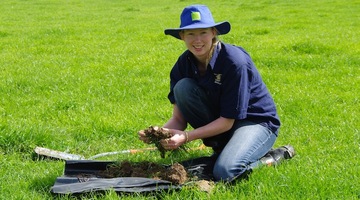
Observation is something we often do instinctively. Observation helps us decide whether it’s safe to cross the road and helps to determine if cupcakes are ready to come out of the oven ...
READ MORE
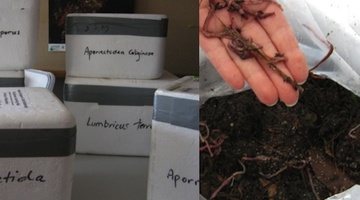
To most of us, one earthworm resembles another. Although earthworms do have common characteristics, species differ widely in their size, skin colour and in the roles they play in the soil ...
READ MORE
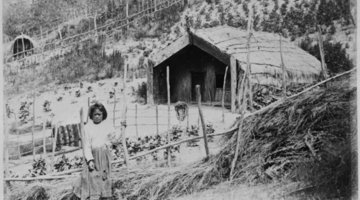
When Māori arrived in Aotearoa/New Zealand in the late 13th century, they found a land quite different to the Polynesia from which they had travelled. The cooler climate meant that some of the ...
READ MORE
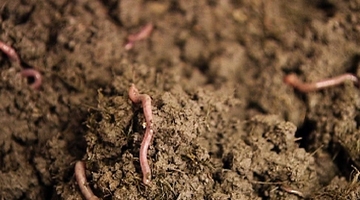
In this activity, students use observation to explore earthworm anatomy and the nature of science. By the end of this activity, students should be able to: identify various physical ...
READ MORE

In this activity, students use a three-level reading guide to locate information about the role of observation in science from the text of an article. They interpret what the text means and then ...
READ MORE
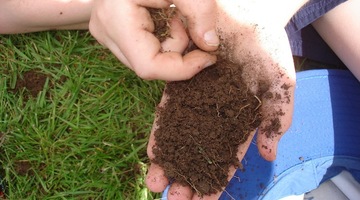
Earthworms are useful indicators of soil health. This project aims to capture information on earthworm abundance and species distribution throughout New Zealand. Information provided will be used ...
READ MORE
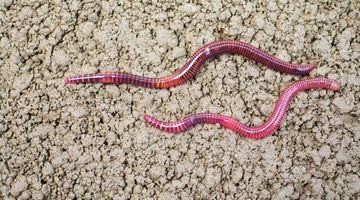
To most of us, one earthworm resembles another. Although earthworms do have common characteristics, species differ widely in their size, skin colour and in the roles they play in the soil ...
READ MORE
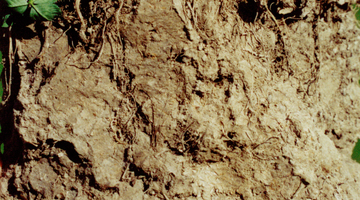
Science capabilities connect the nature of science, the key competencies and the science content strands. In this online PLD session recorded on 19 May 2016, we explore the five core capabilities ...
READ MORE

Primary Science Week 2016 has a focus on soil. Don’t confuse dirt with soil – did you know there are more living things in a teaspoon of healthy soil than there are people alive on the Earth? Dig ...
READ MORE
Professor Louis Schipper from the University of Waikato explains how soil is formed.
READ MORE
Dr Selai Letica explains some of the causes of nitrous oxide emissions in agricultural soils and why it is important to limit them. Points of interest: Nitrous oxide (N2O) occurs naturally in the ...
READ MORE
Dr Ross Monaghan from AgResearch at Invermay in Otago explains his work in managing the risk of nitrogen loss to water systems through the use of nitrification inhibitors. Nitrification ...
READ MORE

An interactive showing the main components of the terrestrial nitrogen cycle. Select one of the buttons to find out more. Go here to view the full transcript and copyright information.
READ MORE

This is the edited recording of the Soil activities and science capabilities webinar. Use the Slideshow menu for further options, including view full screen, and go here for the download option ...
READ MORE
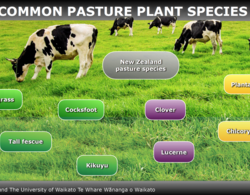
New Zealand dairy farming is pastured-based. Discover a few of the commonly used plant species.
READ MORE